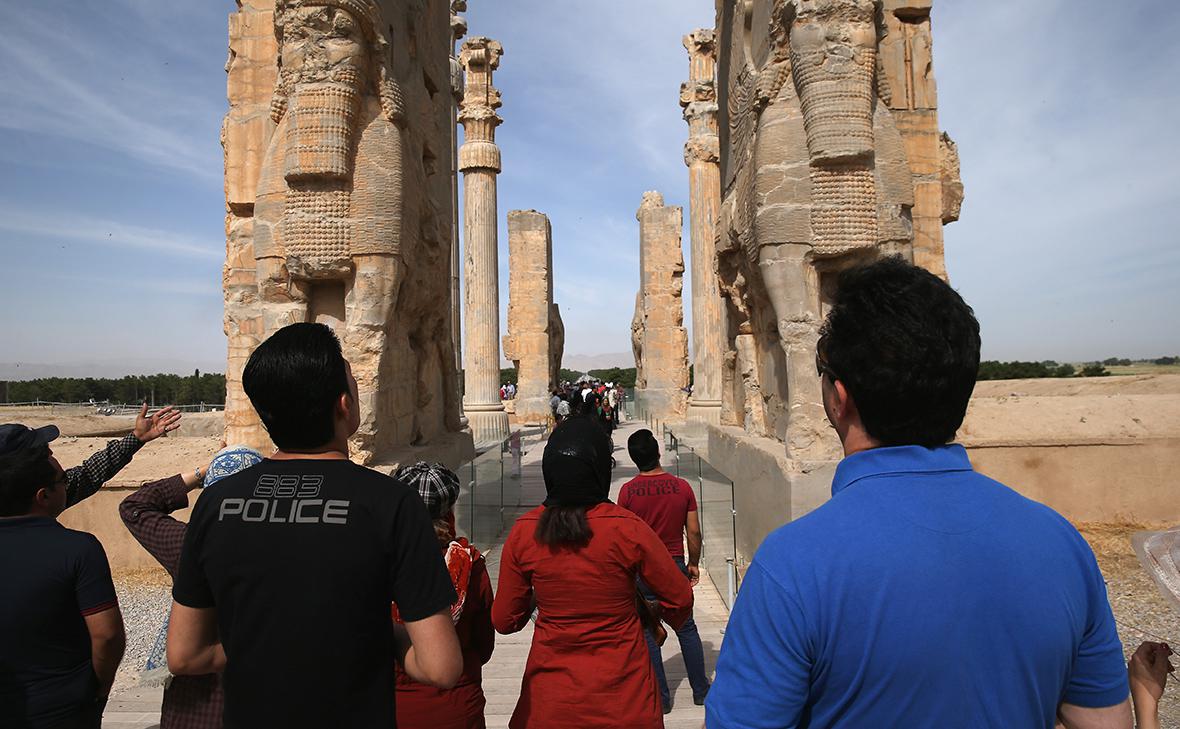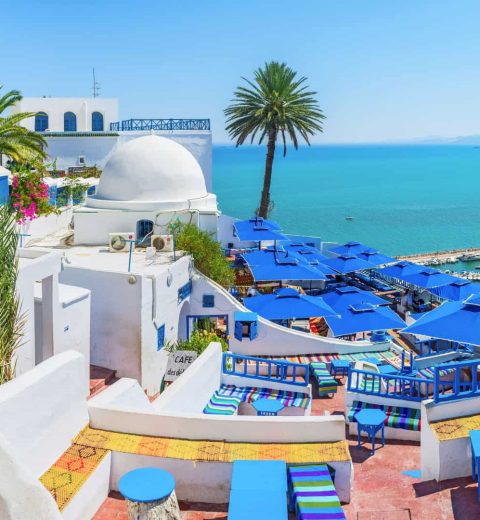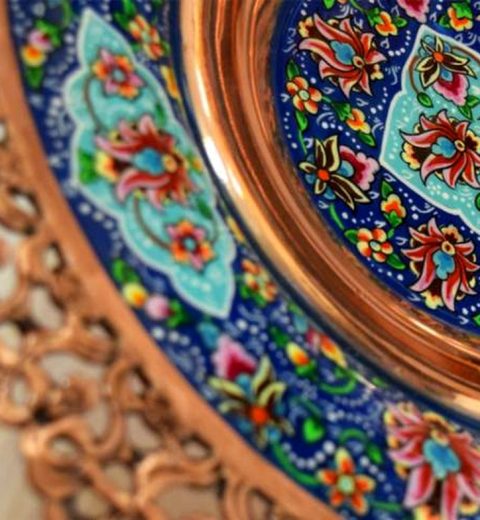In a bid to position itself as a top tourist spot for Russian tourists, Iran has been implementing several measures to ease travel and enhance accessibility.
Last year, the two countries implemented a visa-free exchange program, allowing travelers as part of tour groups to arrive without the hassle of obtaining a visa.
This move has notably sparked more interest among Iranian tourists compared to their Russian counterparts.
Statistics reveal a significant contrast in the utilization of this opportunity. By the end of 2023, around 29.5 thousand travelers from Iran had journeyed to Russia, while the reverse route saw only about 10.7 thousand people heading to Iran.
To further stimulate tourism from Russia, relevant authorities from the two countries are actively working on enabling payments with “Mir” cards within the Islamic Republic. This initiative aims to streamline financial transactions for Russian travelers, enhancing their overall experience in Iran.
While these efforts are expected to bolster tourism, representatives from Russian tour operators remain cautious about the country’s potential to become a mainstream destination for Russian tourists in the near future. Darya Domostroyeva from “Intourist” highlights that despite growing demand, Russian tourists still lack substantial knowledge about Iran and its recreational opportunities.
Moreover, concerns regarding financial transactions are being addressed. With the full operation of the Russian payment system in Iran, worries about potential disruptions due to external pressure on local banks dissipate. Iran’s long-standing endurance under Western sanctions offers reassurance in this regard.
On the aviation front, Russia is expanding its air links with Iran. In April, Rosaviatsia issued additional permits for direct flights to the Islamic Republic, including destinations such as Tehran, Rasht on the Caspian Sea coast, and Kish Island in the Persian Gulf – Iran’s premier beach resort.
Despite recent fluctuations in travel inquiries, Russian tour operators report an overall increase in interest in Iran. “Russian Express” notes a 20% surge in demand compared to last year, while ITM group reports a more substantial 30% rise.
As Iran endeavors to establish itself as a tourist hotspot, these developments mark significant strides in fostering closer ties between the two nations and opening up new avenues for cultural exchange and tourism.
More than six million foreign tourists arrived by air, road, and sea in Iran during the past Iranian calendar year, which came to an end on March 19.
Last year, Iran set the stage for the unilateral abolition of visa requirements for citizens of 32 countries, which took effect on February 4.
The visa-waiver program was approved for India, United Arab Emirates, Bahrain, Saudi Arabia, Qatar, Kuwait, Indonesia, Brunei, Japan, Singapore, Cambodia, Malaysia, Vietnam, Brazil, Peru, Cuba, Mexico, Bolivia, Venezuela, Bosnia and Herzegovina, Serbia, Croatia, Belarus, Lebanon, Uzbekistan, Kyrgyzstan, Tajikistan, Tunisia, Mauritania, Tanzania, Zimbabwe, Mauritius, and Seychelles.
Besides, the Islamic Republic had previously had visited cancelations with some countries like Turkey, the Republic of Azerbaijan, Oman, China, Armenia, Lebanon, and Syria, in various forms – unilateral, bilateral, and group visa cancelations, including airport visas, which were implemented in some cases. The privilege has been granted to tourist groups from Russia based on a mutual agreement inked between Tehran and Moscow.
Tehran Times





